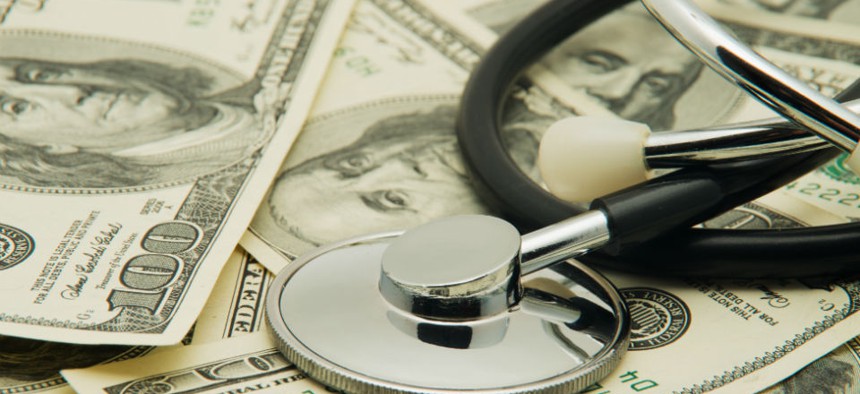
Nataliia K / Shutterstock.com
Obamacare Fixed U.S. Health Care Inflation
Cost of health care is rising at the slowest rate since 1961.
The cost of health care is rising at the slowest rate since President John F. Kennedy was in office.
A key U.S. health care inflation gauge updated earlier this week shows medical care inflation rising 0.55 percent in January, compared to January 2014. This is the slowest rate since 1961, when healthcare inflation fell sharply amid a broad anti-inflation push launched by Kennedy. (The anti-inflation push came to a famous head when Kennedy all but declared war on US Steel for backing out of a wage and price deal the White House had brokered.)

While health care prices started to decline in 2008 as the U.S. economy soured, they’ve taken a sharp leg lower after the passage and implementation of the Affordable Care Act, widely known as “Obamacare,” in 2010. Some would argue that this merely reflects lessened utilization of health care in the aftermath of a recession. That was true for a while. But real spending on medical care—as well as medical hiring—have both turned up sharply over the last year, suggesting rising demand.

It’s hard to overstate how important this. Galloping health care inflation was one of the prime reasons the U.S. fiscal future has looked so bleak. Roughly one out of every four dollars spent by the government in the United States has gone toward medical care in recent years, mostly through the giant federal programs Medicare and Medicaid. In 2014, lower-than-expected medical costs was one of the main reasons the U.S. budget deficit amounted to a smaller-than-expected 2.8 percent of GDP.
The mechanism by which Obamacare has corralled health care costs remains kind of murky. But it’s important to recognize that a big part of the new law—including caps on Medicare payments and penalties for costly readmissions—was intended to do just that. And it’s working.
(Image via Nataliia K / Shutterstock.com)






